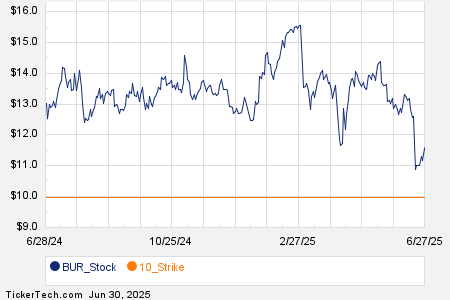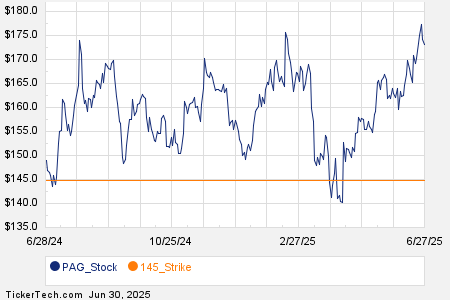Social Security benefits play a crucial role in the financial stability of millions of retirees, delivering reliable income during their later years. While the system has its flaws, its contribution to the well-being of many Americans cannot be overlooked.
Interestingly, you don’t need to have a job to benefit from Social Security. The program also offers spousal benefits to support individuals who either do not work outside the home or earn significantly less than their partner. This makes spousal benefits essential for many families.
If you’re thinking about applying for spousal benefits, here are three important details to consider.

Image source: Getty Images.
Eligibility Criteria for Spousal Benefits
To qualify for Social Security spousal benefits, two main conditions must be met: you need to have been married for at least one year, and your spouse must be receiving retirement benefits. Additionally, one of the following criteria must apply:
- You’re at least 62 years old.
- You’re looking after a child under age 16.
- You’re caring for a child with a disability that began before age 22.
If you meet the one-year marriage requirement and your spouse is collecting benefits, you will still be ineligible for spousal benefits if you do not fulfill at least one of the above conditions.
In the case of divorce, you may qualify for spousal benefits based on your ex-spouse’s work record if your marriage lasted at least 10 years.
Even if there’s a significant age difference with your spouse, or if they choose to delay claiming benefits, you can start receiving benefits based on your work history at age 62, later switching to spousal benefits if they are more favorable.
Understanding Your Monthly Benefit Calculation
The amount you may receive from Social Security is determined using a formula based on the highest 35 years of earnings in a worker’s life. At full retirement age, you can access your primary insurance amount (PIA). For spousal benefits, these are also calculated based on your spouse’s PIA. You could receive up to 50% of your spouse’s PIA if you’ve reached full retirement age. For instance, if your spouse’s PIA is $2,000, you can get a maximum benefit of $1,000.
Below is a guide on Social Security full retirement ages by birth year:

Image source: The Motley Fool.
How Your Claiming Age Influences Your Benefits
You don’t have to wait until full retirement age to claim spousal benefits. While you can begin claiming as early as 62, keep in mind that this will lower your monthly benefit based on how many months you are away from full retirement age.
For each month before your full retirement age, spousal benefits are reduced by 25/36 of 1%, up to 36 months. Each subsequent month will lower the benefits by 5/12 of 1%.
For example, if your full retirement age is 67 and you claim spousal benefits at 62, you may see a reduction of 35% in your monthly payment. If you claim at 64, the reduction will be 25%. Claiming spousal benefits early results in a more significant reduction than for retired worker benefits.
Another notable distinction is that spousal benefits do not increase if claimed after reaching full retirement age. In contrast, retired worker benefits can grow by 2/3 of 1% for each month you delay up until age 70. Therefore, if you are eligible for spousal benefits, there’s no gain in postponing past your full retirement age.
The $22,924 Social Security Bonus Often Overlooked
If you’re among the many Americans who feel behind on retirement savings, some lesser-known “Social Security secrets” could enhance your retirement income. For instance, a simple strategy might increase your payout by as much as $22,924 each year! By understanding how to maximize your Social Security benefits, you can approach retirement with more confidence and reassurance. Just click here to learn more about these strategies.
Explore the “Social Security secrets” »
The Motley Fool has a disclosure policy.
The views and opinions expressed herein are those of the author and do not necessarily reflect those of Nasdaq, Inc.







